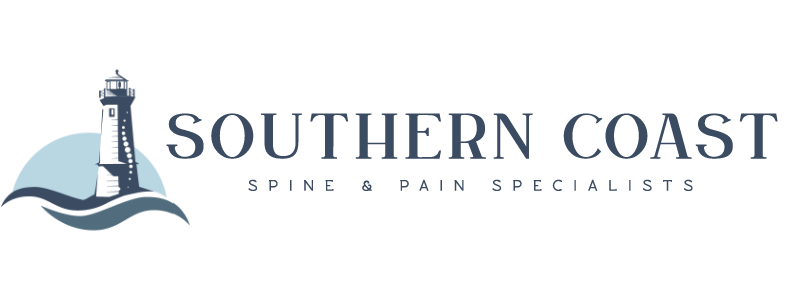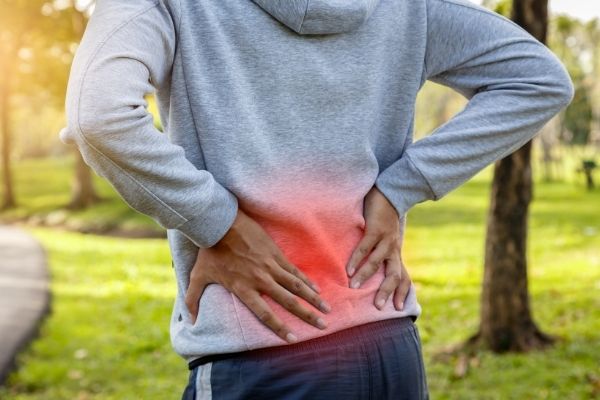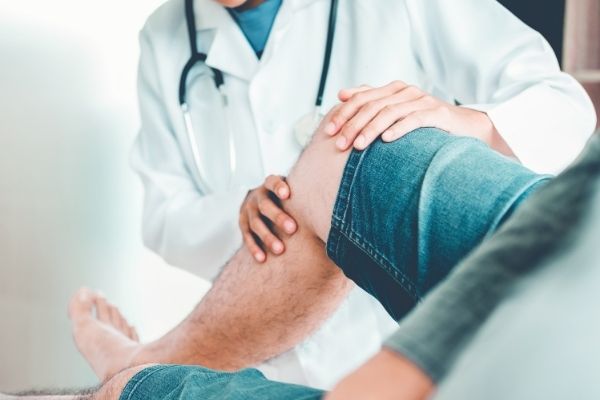Unfortunately, work-related accidents happen daily. One of the most common results of a work-related accident is back pain or spinal injury. Studies have shown that work-related back pain or injury is the leading cause of Americans missing work days. Totaling up to 264,000,000 lost work days a year. In some cases, the effects of back pain do not show up until days after an accident, making it extremely important to pay close attention to developing discomfort. Even a seemingly minor accident, not limited to lifting, bending, or sitting incorrectly, can cause back pain and suffering simply because the spine is not built to tolerate certain movements, incorrect posture, weight, or withstand extreme impact. Thankfully, we offer treatment plans that are covered through worker’s compensation to ease back pain.
The severity of work-related back pain or injury can be considered acute or chronic. Acute work-related back pain can be categorized as short-term whereas chronic back pain lasts for a lengthy period. Most acute back pain is due to muscle strain or tears on the job and chronic back pain can appear over time due to normal wear and tear, arthritis, etc. and can become incapacitating. Making work-related back pain or work-related spinal injury the leading cause of disability in America.
Back pain or injury can be identified through diagnostic imaging including; X-Ray, CT scans, and MRIs. Once the source of back pain has been confirmed or an injury has been diagnosed, a patient may consider specific treatment options that are individualized to meet their back pain or injury needs. If a candidate, an option to treat acute and chronic back pain or injury for workers, rather than epidural steroid injections or oral medications, is Rhizotomy.
Rhizotomy differs from many treatments because it can be safely performed several times at the doctor and patient’s discretion. With alleviated pain lasting from six months up to two years. Allowing them to work more comfortably and return to work more quickly. Especially because the procedure is a non-surgical, minimally invasive, in-office procedure, with a rapid recovery rate. Unlike other treatments, rhizotomy can be used to treat back pain without steroids or medication compounds with results of high pain relief success.
If a worker is an eligible candidate and decides to proceed with Rhizotomy, a medial branch block is performed. A medical branch block is a diagnostic procedure where an injection is administered directly into the injured or painful site of the spine. The injection contains a numbing medication that coats the surrounding nerves relieving the worker of their pain. The effects of the medical branch block are temporary, lasting up to about six hours only. The short timing is intentional. This confirms the source of pain and a subsequent Rhizotomy may be performed.
Following the medial branch block, the Rhizotomy procedure consists of radiofrequency heat waves that are sent directly to the painful or injured area of the spine. The heat cauterizes the nerves that are transmitting the back pain signals to the brain. By stopping the pain signals transmission, the worker will experience pain relief. Once the Rhizotomy has been performed, a worker is able to resume normal work activity more efficiently and comfortably.
Our patient, Rebecca Balassi states, “The pain reduction from the Rhizotomy…I can’t tell you how much it has helped with all of my problems. When you’re hurting your body is already tense. For me, when I’m tense from pain, my heart starts racing, and it’s hard for me to calm down. Now with the pain reduction, it is so much easier to remain calm and comfortable. I have tried different types of treatment at other offices. I’ve tried injections, medications, and all kinds of Vitamins…you can’t imagine the money I’ve spent. Then, I came here, and the Rhizotomy was offered. I am happy on a level that I can’t even explain. I don’t remember the last holiday I had with my family that I wasn’t in pain or uncomfortable just giving and receiving hugs. Now I don’t have to worry about my family hugging me tight because of my chronic back pain. I haven’t felt this comfortable in years. I hope this procedure can help other Veterans and active duty members, so they can live their lives and work comfortably.”
Tips to Prevent Work Related Back Pain
- Pay attention to your posture
- When standing, balance your weight evenly on your feet. Don’t slouch. To promote good posture when sitting, choose a chair that supports your spinal curves. Adjust the height of your chair so that your feet rest flat on the floor and your thighs are parallel to the floor. Remove your wallet from your back pocket when sitting to prevent putting pressure on your buttocks or lower back.
- When standing, balance your weight evenly on your feet. Don’t slouch. To promote good posture when sitting, choose a chair that supports your spinal curves. Adjust the height of your chair so that your feet rest flat on the floor and your thighs are parallel to the floor. Remove your wallet from your back pocket when sitting to prevent putting pressure on your buttocks or lower back.
- Lift properly
- When lifting and carrying a heavy object, lift with your legs and tighten your core muscles. Hold the object close to your body. Maintain the natural curve of your back. Don’t twist when lifting.
- When lifting and carrying a heavy object, lift with your legs and tighten your core muscles. Hold the object close to your body. Maintain the natural curve of your back. Don’t twist when lifting.
- Modify repetitive tasks
- Try to alternate physically demanding tasks with less demanding ones. change your position often. Periodically walk around and gently stretch your muscles to relieve tension. Examine your work environment and address situations that might aggravate your back.
- Try to alternate physically demanding tasks with less demanding ones. change your position often. Periodically walk around and gently stretch your muscles to relieve tension. Examine your work environment and address situations that might aggravate your back.
- Avoid or minimize twisting.
- When lifting heavy objects, twisting should be avoided.
- When lifting heavy objects, twisting should be avoided.
- Drink plenty of water.
- Enough water keeps us fluid rather than stiff. Which can be the culprit of injury.
- Enough water keeps us fluid rather than stiff. Which can be the culprit of injury.
- Maintain a healthy diet, weight, and sleep routine.
- Try to Reduce Stress at Work!
- You never realize how physically tense you may be due to mental stress.
- Listen to your body!
- If you experience any warning signs such as tightness or pain that could indicate trouble.







